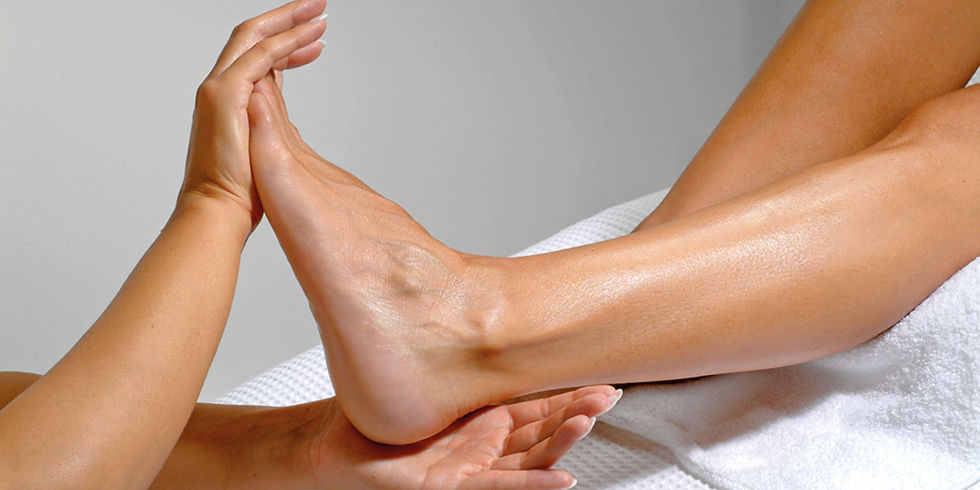What is Tongue Diagnosis?
- Dr. Stephanie Bartolotti
- Apr 4, 2020
- 2 min read
Updated: Apr 20, 2020
Did you know that your tongue is not only one of the strongest muscles of your body but is also a direct reflection of what is going on inside your body? Before there were x-rays and laboratory tests, practitioners of Chinese medicine were (and still are) able to diagnose patients by simply looking at their tongue. By examining the color, coating, shape and moisture of the tongue, we can tell many things about your body and pinpoint what disease mechanism is causing your symptoms. Different areas of the tongue reflect pathological changes in the different organs of the body including the lungs, heart, stomach, pancreas, liver, gallbladder, intestines, kidneys and bladder. A normal tongue should be pale red (pink) with a thin white coating that is not too dry and not too moist, and no cracks or spots.

How is tongue diagnosis used in Chinese medicine?
We examine the tongue to identify the disease patterns that are causing your symptoms. We treat these patterns with a specific combination of herbs and/or acupuncture. For example, if your tongue is purple it means you have poor blood circulation. In this case, you would be prescribed herbal medicine to move blood and improve your circulation. If your tongue is red with cracks, you may be experiencing menopausal symptoms such as hot flashes and night sweats. Cooling and nourishing herbs may be prescribed to cool the body and regulate fluids. As your symptoms improve and the herbal medicine takes effect, you will notice your tongue will improve. Tongue diagnosis is especially helpful for diagnosing telemedicine patients, since it is not possible to use pulse diagnosis without the patient being in front of the practitioner.

Tips on How to Prepare for Tongue Diagnosis
1) To get the best assessment of the tongue, we recommend you take a picture of your tongue on your cell phone or tablet in natural light (either by going outside or near a window) and email it to us before your telemedicine appointment.
2) To get the most accurate diagnosis, avoid brushing or scraping your tongue 24-hours before the picture is taken.
3) Avoid food and beverages that stain the tongue including coffee, artificial food coloring, candy, and beets.
4) Open your mouth and let your tongue stick out naturally and in a relaxed (not tense) state. Be sure the picture shows the whole surface of the tongue.
5) Stick out your tongue for no longer than 15 seconds. Longer than that can change the color and moisture of the tongue, giving an inaccurate reading.
Watch the video tutorial below to learn more:
To find out what your tongue means, schedule your appointment or telemedicine consultation today! 321-972-2940









Comments